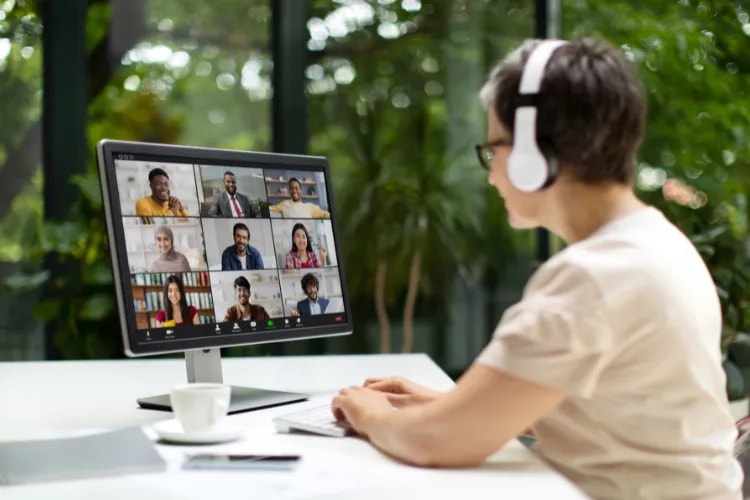
marketing
Virtual and hybrid events are no longer an emergency substitute—they’re a powerful, scalable, and monetizable layer in the modern event mix. Even as in‑person attendance rebounds, leading organizers continue to stream keynotes, host live digital studios, and package on‑demand content to expand reach and accessibility. High‑profile programs prove the point: large conferences now welcome tens of thousands of virtual registrants alongside their on‑site audiences, and paid digital tiers are becoming a product of their own.
What does that mean for your team? You need a virtual event marketing strategy that treats digital as a designed experience—personalized by data, produced with broadcast quality, and supported by a measurable funnel from registration to revenue.
In this comprehensive guide, we’ll help you build a 2026‑ready virtual event marketing plan—from defining goals and audiences, to pre‑event promotion, live engagement, and post‑event conversion. We’ll share proven tactics, frameworks, and case studies you can copy, along with a practical toolset to execute at scale.
And don’t miss our ready-to-use virtual event marketing checklist at the end.
Virtual events aren’t fading—they’re evolving. As we move into 2026, three shifts define winning programs: AI‑enhanced content and production, low‑latency streaming reliability, and curated networking that feels genuinely useful. Together, these raise the bar on attendee expectations and ROI.
Generative media and AI assistants are accelerating pre‑production and personalization across the event lifecycle. Creative teams are using AI to storyboard visuals, version video assets, and generate social clips in hours—not weeks. Marketers are deploying AI to tailor invites, recommend sessions, and summarize content in real time, while customer teams rely on AI notes and highlights to speed follow‑ups. This isn’t theoretical—it’s already being applied at flagship livestreams, demonstrating how AI can compress timelines and raise production value simultaneously.
If your stream lags, your audience leaves. That’s why modern virtual event marketing plans include engineering goals for startup time, buffering ratio, and glass‑to‑glass latency. With the right encoding, packaging, and CDN edge strategy, sub‑10‑second delay is realistic at scale—and that reliability directly impacts watch time, Q&A participation, and satisfaction.
Target latency: aim for under 10 seconds, with a stretch goal of sub‑5 seconds for high‑interaction segments.
QoE metrics to monitor live: startup time, buffering ratio, average bitrate, and audience concurrency.
Architecture: redundant encoders, multi‑CDN or failover paths, player‑side resiliency, and content moderation controls.
Attendees are ruthless about relevance. They want hands‑on formats, peer problem‑solving, and curated meetups—less monologue, more connection. Successful programs design networking into the run‑of‑show: interest‑based workshops, 1:1 speed meetings, topic tables, and host‑led small groups, all surfaced by clear tags and smart recommendations.
Personalization relies on clean, connected first‑party data. Map your registration fields, preference center, engagement signals (clicks, watch time, sessions saved), and post‑event behaviors into a shared profile. That profile powers everything—look‑alike audiences, session recommendations, and segmented nurtures—while keeping consent and compliance explicit.
Introducing the U.B.E.R.N.™ Model for Virtual Event Marketing in 2026
U — Understand Your Audience
B — Build Anticipation
E — Engineer the Experience
R — Raise Engagement (live)
N — Nurture and Connect
Great virtual event marketing starts with clarity on who you’re serving and why your event matters to them right now. Begin by triangulating demographics, interests, and channel behavior—then translate that understanding into measurable objectives that align to revenue.
Channel usage varies by segment. For B2B and professional audiences, LinkedIn and YouTube often carry the most weight; for consumer or creator‑heavy segments, YouTube and TikTok tend to dominate discovery and replay consumption. Use platform demographics and your own historical data to prioritize paid versus organic investment.
B2B: Lean into LinkedIn Events and YouTube livestreams; amplify with thought‑leader posts and customer co‑marketing.
Consumer: Test TikTok teasers, YouTube Shorts, and community collabs; retarget to your registration page.
Translate ambition into specifics. Examples for a mid‑sized virtual conference:
Registration: 3,000 sign‑ups with a 35% live attendance rate and 60% on‑demand consumption.
Marketing outcomes: 25% of attendees to MQL, 10% to SQL, 100 qualified meetings within 2 weeks.
Revenue: 3:1 ROMI within 90 days; net‑new pipeline contribution of $1.2M.
Instrument these goals with a consent‑first approach: capture explicit preferences at registration, store them in your CRM/CDP, and use them to drive segmentation during and after the event. A robust preference center and first‑party analytics protect measurement even as broader tracking policies shift.
Need help sequencing tasks? Use this planning resource to build your countdown: event marketing timeline.
Your pre‑event engine must be simple, sequenced, and channel‑specific. Build a calendar that maps messaging to milestones (announce, agenda drop, headliner reveal, last‑chance) and aligns budget to the channels most likely to convert your audience.
Segment by role, industry, and intent. Personalize subject lines with topic tags or outcomes your personas care about (e.g., “Ship faster with AI workflows—live demo + Q&A”). Use automation to send behavior‑based nudges: cart abandonment for partially completed registrations, agenda reminders for saved sessions, and time‑zone‑specific “doors open” notices on event day.
Cadence: announce, agenda teaser, speaker reveal, value‑proof (case study), last‑chance, and “know before you go.”
A/B tests: subject line benefit vs. curiosity; CTA button text; social proof placement; agenda length in email.
Optimize your event page with people‑first copy, structured data (Event schema), fast mobile performance, and clear CTAs. Publish a companion blog that targets intent‑rich queries (e.g., “virtual summit on customer data 2026,” “free AI marketing workshops”) and interlink to the registration page. Don’t forget localized pages if you’re targeting multiple regions.
Plan native content per platform. On LinkedIn, host speaker AMAs and schedule a dry‑run Live to preview your backstage setup. On YouTube, publish a 60‑90 second trailer (and Shorts cutdowns) spotlighting outcomes and speakers. On TikTok, collaborate with creators to show “how I’ll use this workshop” or “behind‑the‑scenes prep.” Always pair posts with a trackable link to your registration page.
Co‑marketing: equip speakers and sponsors with easy‑share kits (copy, images, tracked links).
Influencers: brief them on takeaways, not just event hype, so posts feel useful and authentic.
For more in-depth marketing tactics, check out our guides on event email marketing and content marketing for events.
Craft a compelling experience. Your virtual event is a product. Design it that way—tight positioning, clear outcomes, and format choices that put interaction first. When you approach your program with product discipline, marketing becomes much easier because the value is obvious.
Hybrid keynotes with live chat and Q&A, plus a backstage digital studio for interviews and recaps.
Hands‑on workshops and labs with downloadable workbooks and moderators assigned to smaller cohorts.
Curated networking: interest tags at registration, AI‑assisted matchmaking, and host‑led topic circles.
Office hours with speakers; birds‑of‑a‑feather breakouts scheduled across time zones.
Your platform should scale audience size, integrate with your CRM/marketing hub, support low‑latency streaming, and deliver actionable analytics. Evaluate based on engagement features and extensibility—because your marketing, success, and product teams will all need the data.
Must‑have features: registration + ticketing, flexible agendas, breakout rooms, 1:1 video networking, polls, Q&A, chat moderation, and robust analytics/export.
Data and security: SSO/SAML, consent capture, role‑based access, and compliant data retention.
Ecosystem: CRM/CDP sync, email/SMS orchestration, webinar/streaming encoders, and content hubs.
Explore what a modern, connected toolkit looks like here: event software features.
Accessibility isn’t optional; it’s a design principle. Follow WCAG 2.2 and adopt WAI’s event guidance as part of your planning checklist: provide live captions and transcripts, audiodescription for key segments, sign‑language interpretation where appropriate, high‑contrast visuals, and accessible registration forms. Schedule with breaks, offer time‑zone‑friendly replays, and make all critical content keyboard‑navigable.
Read the standard: WCAG 2.2 Recommendation.
Treat your broadcast like a product launch: failover encoders, multi‑CDN or CDN failover paths, real‑time QoE dashboards, and a staffed moderation lane. Share clear community guidelines, empower moderators to remove spam or abuse, and prepare backup assets (slides, VOD) for instant switchovers.
Accessible by design. Personalized by data. Reliable by architecture. That’s the quality bar for virtual events in 2026.
Think of your live program as “mission control”—production, moderation, community management, and analytics operating as one team. Your goal: maintain stream quality while orchestrating two‑way participation that creates moments worth sharing.
Polls and Q&A: seed questions early, feature top responses on screen, and reward participation with shout‑outs.
Chat prompts: ask for one‑line takeaways; invite attendees to share their role or region to spark networking.
Gamification: scavenger codes, emoji storms, or “first to answer” quizzes that unlock small perks.
Give one producer the QoE dashboard (startup time, buffering ratio, bitrate, concurrent viewers) and another the social listening lane. If metrics degrade, shorten segments or drop to a pre‑encoded clip while you fix the issue. If sentiment dips, inject a quick interview or demo to reset energy.
Curate a branded hashtag, reshare attendee posts in real time, and publish short clips mid‑program. Announce that replays and speaker slides will be emailed within 24–48 hours—this keeps registrants engaged and drives post‑event open rates.
Live Ops Lead: owns the run‑of‑show and pivots segments based on engagement and QoE.
Community Manager(s): moderates chat, elevates great questions, and coordinates speaker responses.
Producer/Engineer: manages encoders, redundancy, and player settings; executes failover if needed.
The first 48 hours after your event determine your pipeline impact. Package replays, segment follow‑ups by behavior, and move fast while intent is high.
Attended live: thank‑you note + personalized highlights, session replays, and a “next step” CTA (demo, trial, consultation).
No‑shows: “sorry we missed you”—top 3 moments in 90 seconds, plus on‑demand access and upcoming dates.
High‑intent signals: route to sales with context (sessions watched, questions asked, poll answers, firmographic fit).
Turn your event into a content factory: edit keynotes into chaptered YouTube replays, slice workshops into short tips for LinkedIn and TikTok, publish a recap blog per track, and create an email mini‑course from your highest‑rated sessions. Equip sales with a “best moments” deck and short clips aligned to common objections.
Go beyond vanity metrics. Tie engagement to funnel movement and revenue:
Acquisition: registration source/medium, cost per registrant, show rate, on‑demand activation rate.
Engagement: average watch time, participation rate in polls/Q&A, networking matches made, resource downloads.
Revenue: MQL/SQL conversion, meetings booked, influenced and sourced pipeline, closed‑won within 90 days.
Send a concise survey while the experience is fresh. Keep it under 8 questions, offer a clear value exchange (access to bonus content or early registration), and test send times (often Monday or mid‑week performs well). Mine qualitative comments for future topics, friction points, and social‑proof quotes.
Build on two foundations: a martech spine that unifies data and orchestrates journeys, and a broadcast‑grade streaming workflow. Both are necessary to personalize at scale without reliability trade‑offs.
Event platform + registration/ticketing: flexible agendas, networking, engagement features, analytics exports.
CRM/CDP: unify first‑party profiles, consent, session engagement, and post‑event behaviors for segmentation and attribution.
Marketing automation: email/SMS/push orchestration, lead scoring, and behavior‑based journeys.
Looking for an integrated toolkit purpose‑built for event teams? Explore our event software to see how registration, seating, promotions, and email all work together.
Encoding and packaging: set laddered bitrates, enable low‑latency protocols, prep backup encoders.
CDN and edge: plan for peak concurrency with failover; monitor QoE to proactively correct issues.
Interactivity: polls, Q&A, and moderated chat integrated with your CRM for lead capture.
AI agents for attendee support: real‑time answers, session suggestions, and post‑event summaries.
Generative media in broadcast: accelerated motion graphics and speaker bumper creation at scale.
Spatial/AR moments: selective use for product demos and wayfinding—only if tied to clear outcomes.
Adobe’s flagship Summit demonstrates how hybrid can multiply impact. The 2024 program welcomed over 11,000 in‑person attendees and nearly 30,000 virtual registrants, supported by an integrated tech stack that personalized session recommendations and powered post‑show nurtures. Those numbers reflect a strategic commitment to treating virtual as a first‑class experience, not an afterthought. (Source)
The 2025 keynote leaned heavily on generative media across visuals and video elements, showcasing how AI can accelerate creative workflows for massive livestreams. The takeaway for marketers: use AI to speed creative iteration and increase the volume of reusable assets for pre‑, during‑, and post‑event distribution.
The playbook for 2026 is straightforward: get clear on who you’re serving and the outcomes you’ll deliver, then execute with craft. Build on first‑party data and consent. Design accessible, purpose‑built experiences with interactivity and networking by default. Invest in broadcast‑grade reliability and a live ops model that treats production, moderation, and community as one team. Finally, close the loop within 48 hours to turn attention into pipeline.
When you combine these elements, virtual isn’t just an add‑on—it’s a growth engine that expands reach, deepens relationships, and proves ROI.
Ready to master your virtual event marketing from start to finish? Download the U.B.E.R.N.™ checklist to plan, promote, and convert with confidence.
Download ChecklistThe Loopyah Content Team shares expert insights, practical guides, and industry updates to help event organizers create unforgettable experiences and stay ahead in the event planning world.
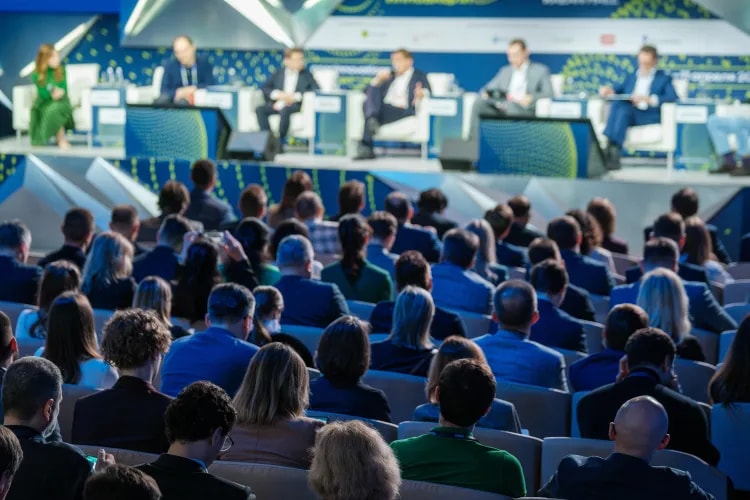
marketing

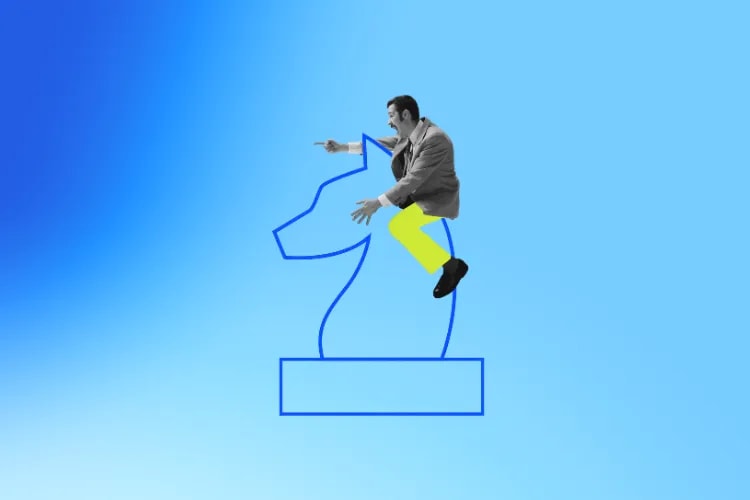
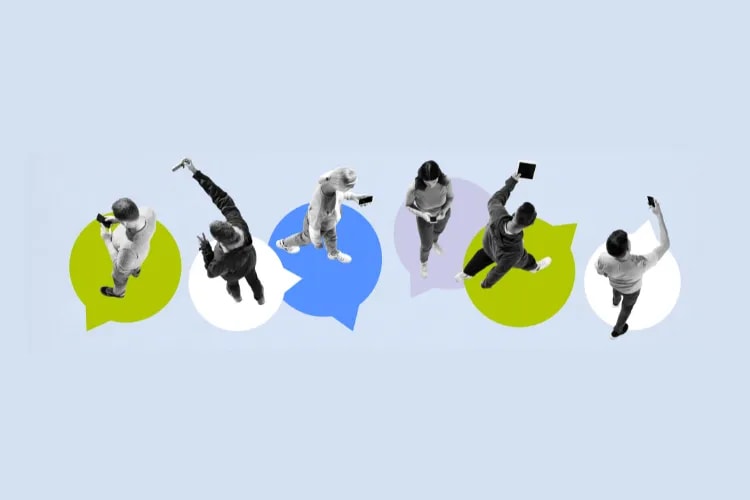
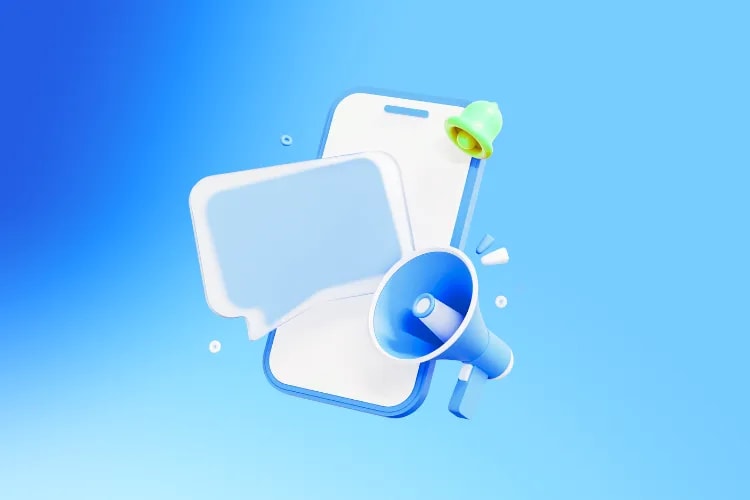

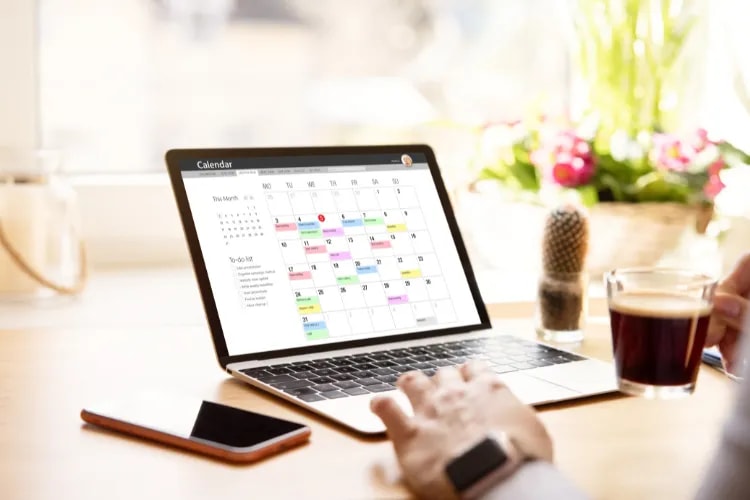
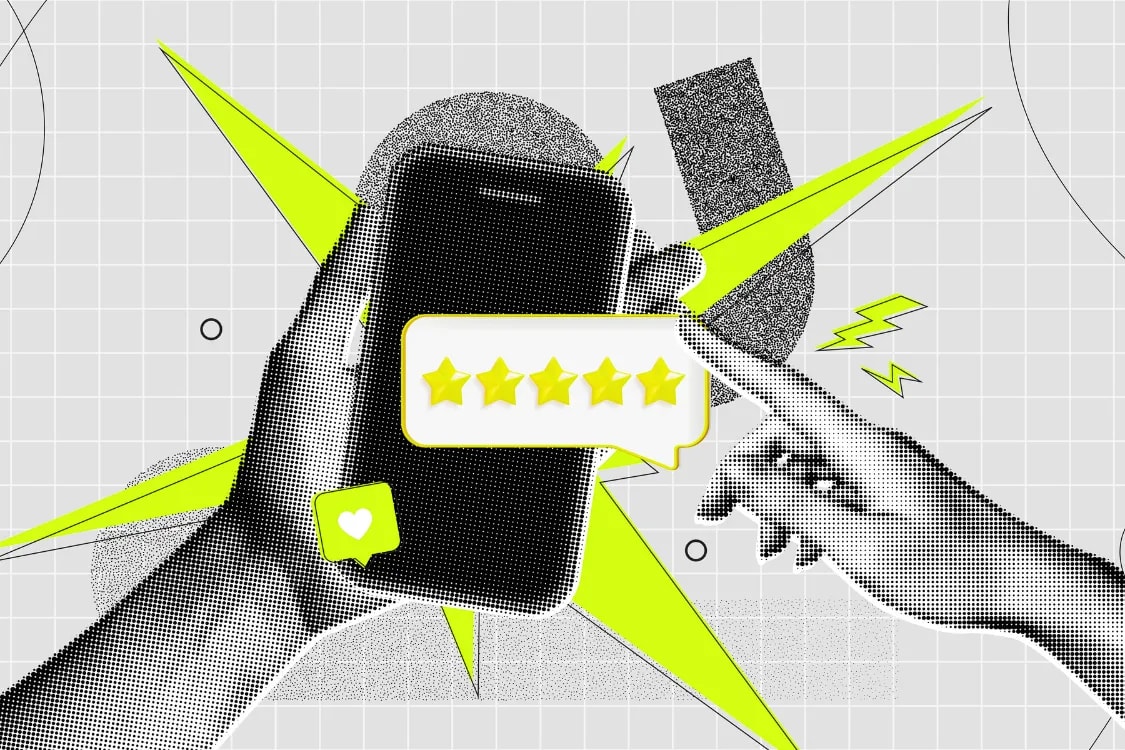


growth
planning
marketing
planning
marketing
planning
marketing
marketing
marketing